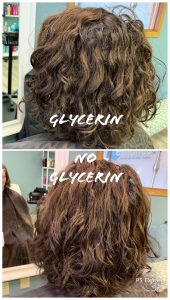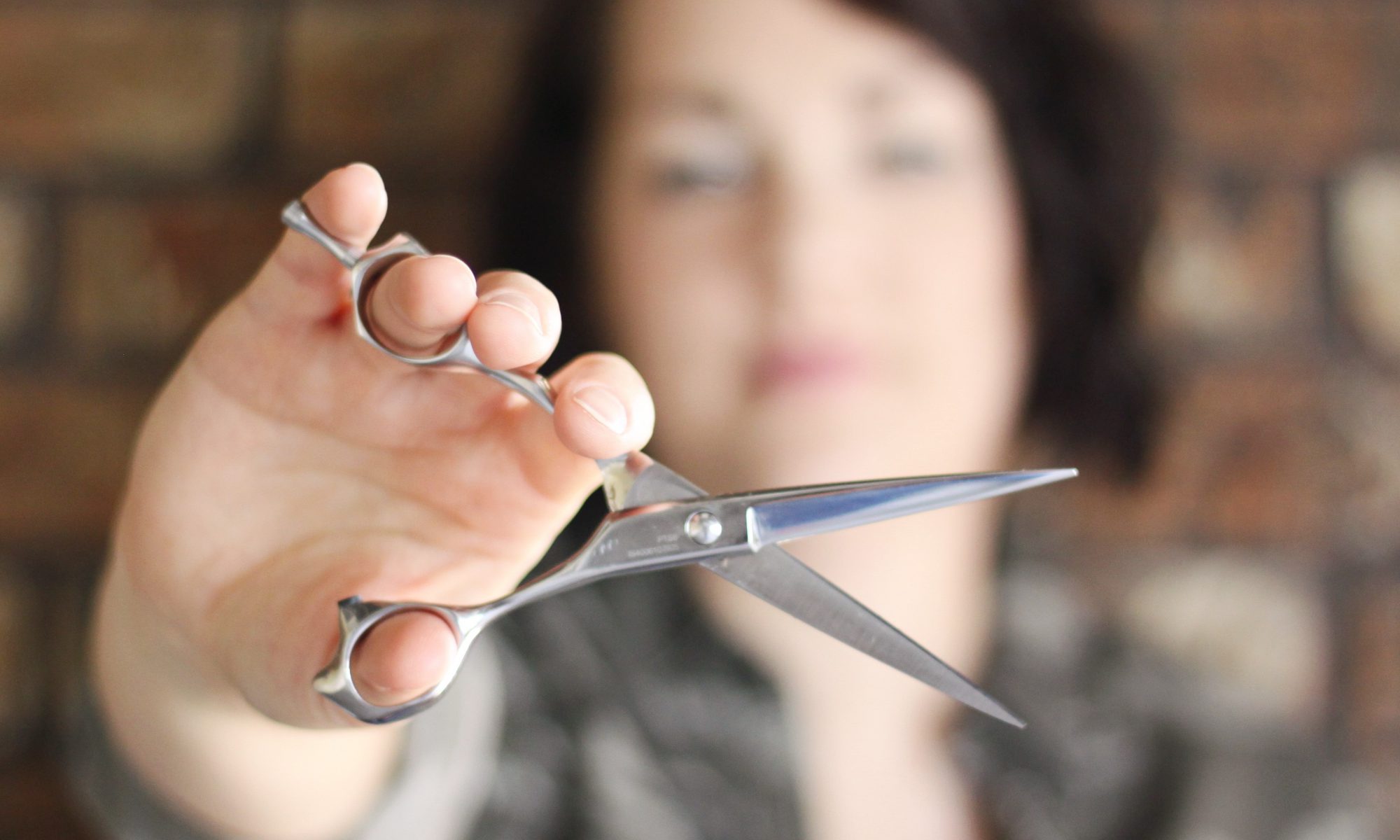One struggle we can all relate to is a bad hair day. How often do we love a product then have a bad hair day and we never want to use that product again? As a hairdresser I want to dive into ingredients with you so you can have the knowledge to pick the proper products for your hair. We discussed silicones in a previous post, so let’s take a closer look at humectants.
A humectant is an ingredient that prevents moisture loss and keeps moisture balanced in the hair. Humectants seek out moisture already inside the hair and moves it to dry damaged areas. It will also search for moisture from the air and draw it into the hair. One of the most commonly used humectants is glycerin.
Weather plays a factor in when you should use a product with humectants that are high on the ingredient list. We normally assume humidity is the culprit for a bad hair day, but dew points play a major role in that as well. A Dew Point is the temperature at which water begins to condense and form dew. Humidity is going to be the amount of water in the air. Since humectants draw moisture to the hair, we may want to skip on using a product with them in it when dew points are high or low.
When are humectants good for your hair?
When the dew point is between 45-65 degrees, humectants can help hair stay bouncy and retain curl. It can also make hair feel softer, more elastic and less brittle.
When are humectants bad for the hair?
When the dew point is above 65 degrees and higher humidity, humectants will overdo their job of moisture balancing and cause the hair to bloat. This lead to puffy, frizzy hair or un-defined curls and waves. You may need to incorporate a gel into your product routine to help define the waves/curls and tame any frizz.
On the opposite end of the spectrum, when there is extremely low humidity conditions and less than 40 degree dew points, humectants can actually draw water away from the hair shaft causing dryness and breakage! On days like this you can use a leave in conditioner and light hold products.
I have a client who understands product ingredients well and was feeling like she was glycerin heavy in her product selection. She felt like her curls were not as bouncy as they normally are. We were in the middle of winter, the temperature was 34, the humidity was at 85% and dew point was at 33 degrees. We decided to do a little experiment and see if glycerin was causing her hair to lose definition in the middle of winter. So I applied Inner Sense I Create Volume on her, which does not contain glycerin, clipped up her roots for extra volume and let her sit under a hooded dryer. When she was dry, it was as though she was just wavy and not curly at all. The dew point was at a temperature where you would use light hold products, which is what we did. But the humidity caused her hair to lose it’s shape. We decided that her hair could stand some form of a humectant in the formula during high humidity times, otherwise she would lose all definition to her curls. We will have to try another experiment on her in the summer when the dew point is higher.

Don’t fret if you get a bad hair day, check your ingredient list and the dew point and adjust as needed. It could be as simple as a humectant is high on the ingredient list and you need to top using it for a few days until the weather changes. Slowly your bad hair days will become a thing of the past as you begin to understand your ingredients and what they do! Use this graphic below as a quick reference guide to humectants.


